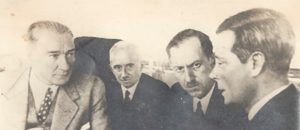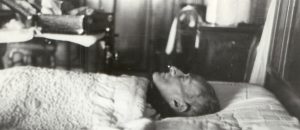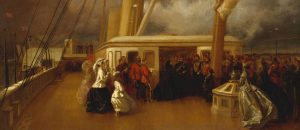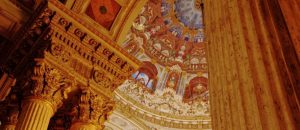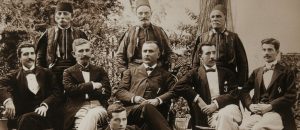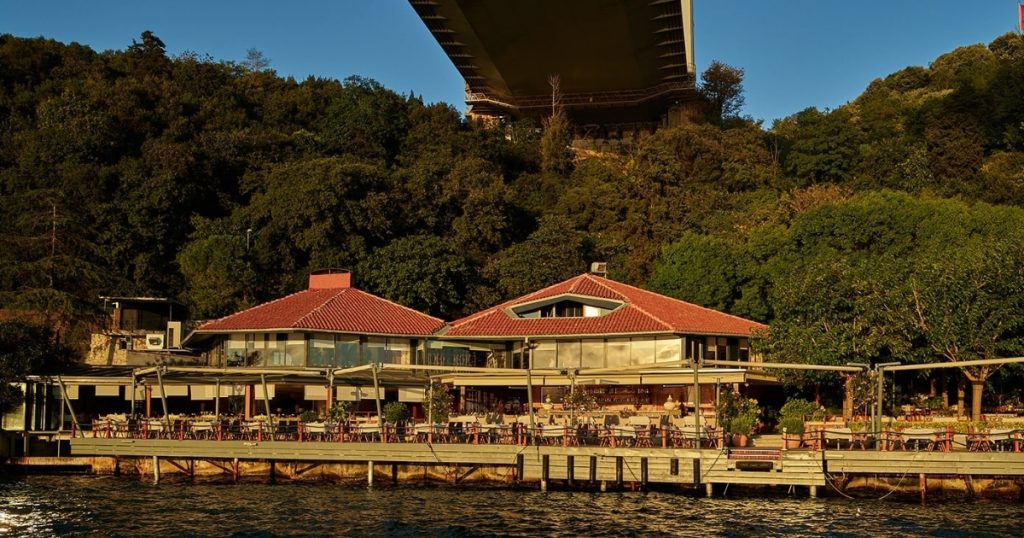Among the hundreds of rooms in Dolmabahçe Palace, the space that holds the deepest meaning, despite being one of the most modestly furnished, is Room Number 71, located in the old Harem section. This is where Gazi Mustafa Kemal Atatürk, the founder of the Republic of Turkey, spent the final stages of his illness and passed away at five past nine on November 10, 1938. All the gilt-edged splendor, crystal chandeliers, and monumental halls of the Palace fall silent before the national mourning and spiritual weight carried by this small and modest room. Room Number 71 is the most touching story of how an imperial palace transformed into a final refuge and eternal memorial place for the founder of a nation. [Link: Atatürk and the Legacy of the Republic -> /learn/ataturks-legacy-in-the-palace]
Why This Room? The Choice of Simplicity and Privacy
When Atatürk’s illness worsened, his doctors advised him to rest constantly. The selection of this room, located in the old Harem section, which was more sheltered, quieter, and directly overlooked the Bosphorus, instead of the magnificent and official rooms in the Selamlık section of the Palace, was not accidental. There were several reasons behind this choice:
- Privacy and Peace: The Harem section was a more private and less accessible area of the palace. This allowed Atatürk to rest in a more peaceful environment, away from the intense pace of state affairs and constant visitor traffic.
- Bosphorus View: The room’s windows opened directly onto the Bosphorus. This view is thought to have been a spiritual comfort and source of morale for Atatürk, who was known for his passion for the sea.
- A Modest Character: The fact that the room was furnished quite simply compared to the rest of the palace was also in harmony with Atatürk’s own character. He was a leader who throughout his life disliked pomp and excessive luxury, adopting a more functional and modest lifestyle. This room was like a reflection of his personality.
The Anatomy of a Room: Items Laden with Meaning
Room Number 71 is preserved today almost exactly as it was during Atatürk’s final days. Every item in the room holds great spiritual value as silent witnesses to those moments.
- The Bed and the Flag: At the center of the room stands the wooden bedstead where Atatürk breathed his last. The silk Turkish Flag draped over it is the most moving detail, uniting a leader’s life with the symbol of his nation.
- The Clock: The clock resting on the fireplace opposite the bed has been stopped at 09:05, the moment of Atatürk’s passing. This is not just a time indicator, but one of Turkey’s most iconic monuments, symbolizing the moment when the time of a nation stopped.
- Medicines and Medical Supplies: The medicine bottles and medical supplies displayed in a showcase reveal the sad and human dimension of a leader’s struggle for life during his final days.
- Personal Items: Personal belongings, such as his bathrobe and slippers located in the adjacent bathroom, remind the visitor that he was not just a historical figure, but also a human being of flesh and blood.
Transformation into a Memorial Place
Immediately following Atatürk’s passing, Room Number 71 and his bed were arranged as a memorial corner and opened to the Turkish public. This was one of the most significant steps in the transformation process of Dolmabahçe Palace into a “nation’s home”. People began coming to the Sultans’ palace to pay their respects to the home of their lost “Ata” (Father). This small room has become a center of attraction surpassing all the grandeur of the palace. It is no longer just Room Number 71, but one of the most sacred places of national memory, where the heart of modern Turkey beats.
Conclusion
In conclusion, Room Number 71 in Dolmabahçe Palace is the strongest example of how a space can change its identity and acquire monumental meaning through a historical event. While it was a modest corner among the hundreds of rooms in the palace, by bearing witness to Atatürk’s final days and passing, it transformed into one of the nation’s most sacred places. This room is the story of how the splendor of an imperial palace can be overshadowed by the spiritual atmosphere created by the love and respect felt for the founder of a nation, and how a palace can turn into a warm “home”.







